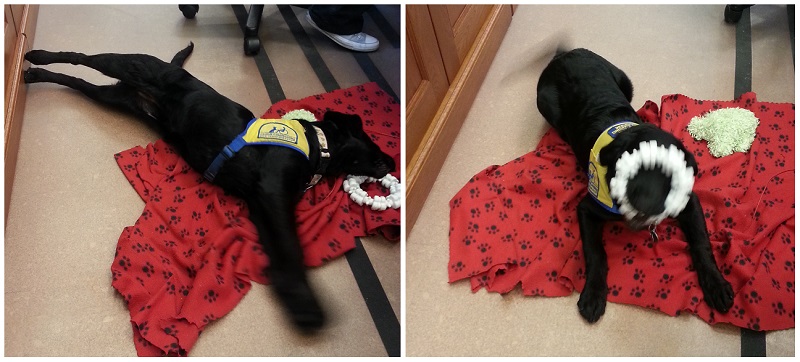CNDDB is proud to maintain a comprehensive, robustly-catalogued archive of field survey forms, articles, reports, maps and other documents containing biogeographical data on species of special concern in California. But when we start digging into historical species locations, we often turn to other archives for additional information. Below is a short list of a few of our favorite resources. Some may be already familiar, but hopefully a few await your exploration. Happy hunting!
California State Library
The California State Library is housed in a beautiful neoclassical building adjacent to the State Capitol in Sacramento. In-person services are currently suspended during COVID-19, but meanwhile you can  browse the State Library website. CSL has voluminous archives of scientific literature, making it a great resource to track down historical articles and books, and their online Ask-A-Librarian service is top notch. We’ve also been told they have a collection of over 5,000 historic maps. Though only state employees can check items out, anyone is welcome to browse on-site (or online).
browse the State Library website. CSL has voluminous archives of scientific literature, making it a great resource to track down historical articles and books, and their online Ask-A-Librarian service is top notch. We’ve also been told they have a collection of over 5,000 historic maps. Though only state employees can check items out, anyone is welcome to browse on-site (or online).

Added bonus of visiting CSL in person—you might get to meet library service-dog-in-training Florence V!
MVZ Archives Field Notes collection
Sometimes you need more information about a historical specimen. Maybe you just want a glimpse into the epic history of scientific collecting. The Museum of Vertebrate Zoology keeps an  online archive of digitized field notes from some of its most legendary curators and field biologists.
online archive of digitized field notes from some of its most legendary curators and field biologists.
USGS Historical Topographic Map Collection
USGS’ Topo View  online map viewer allows you to navigate and view all versions of topo maps available for any given location in the US, dating back to the 1800s. You can even download georeferenced images of the maps. It’s an essential tool for georeferencing historical specimens.
online map viewer allows you to navigate and view all versions of topo maps available for any given location in the US, dating back to the 1800s. You can even download georeferenced images of the maps. It’s an essential tool for georeferencing historical specimens.
Biodiversity Heritage Library
BHL is  an open-access digital archive of historical biodiversity literature, with contributors from around the globe. If you are tracing back the taxonomic history of a certain species, this is your go-to resource for finding articles across the centuries.
an open-access digital archive of historical biodiversity literature, with contributors from around the globe. If you are tracing back the taxonomic history of a certain species, this is your go-to resource for finding articles across the centuries.
If the above resources don’t scratch your historical itch, here are some more CNDDB staff favorites: